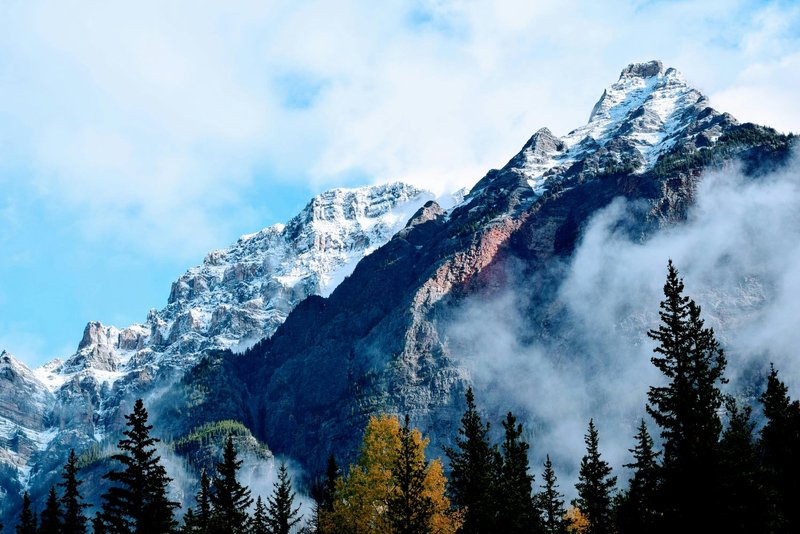
Raising young in the wild isn’t a walk in the park! It’s more like a balancing act—keeping the foals safe while they learn to navigate their challenging environment. Just like any animal parent, mountain zebras pour their hearts into raising their young, using instincts honed over generations. So, let’s explore how mountain zebras nurture their foals and make sure they’re ready to take on the wild when the time comes.
Understanding the Mountain Zebra Family Structure
Mountain zebras are social animals that live in family groups, usually called harems. A typical harem consists of one dominant male and several females, along with their offspring. This structure helps in providing a sense of security for the young ones. The stallion fiercely protects the group from predators, while the females often nurture and guide the foals.
The bond among zebra family members is quite strong. Mothers and their offspring form a close connection, and it’s not unusual for a mother to keep a vigilant eye on her foal at all times. If a foal wanders too far, the mother quickly intervenes. Think of it as a kind of “zebra GPS”—they know where each other is at all times! This tight-knit family unit is essential for the little ones’ survival in this demanding environment.
The Foaling Process
When it comes time to give birth, the female mountain zebra seeks out a safe and quiet spot, typically away from the rest of the herd. This is a crucial time; giving birth in a secure location can make all the difference. After a gestation period of about 12 months, the mother finally brings her foal into the world.
Once the foal is born, it’s a race against time. The newborn is up and on its feet within an hour, a remarkable feat to start their life. This quick turnaround is vital, especially when predators like lions or hyenas are lurking. The mother encourages the foal to nurse, providing it with essential nutrients and bonding time. Honestly, it’s a heartwarming sight! The foal learns to walk and follow its mother, which is crucial for survival.
Protective Instincts of Zebra Mothers
Mother mountain zebras are incredibly protective. You might be wondering how they keep their youngsters safe. When a threat approaches, the mother zebra uses instinctual behavior to shield her foal. She often positions herself between her young and any potential danger, showcasing a fierce love that’s common among animal parents.
In addition to physical protection, zebra mothers also teach their foals about their surroundings. They guide them in knowing which areas are safe to graze and where to rest. This education is vital because mountain zebras are prey for various predators, and understanding the landscape is a key survival skill for young zebras.
Foal Development and Learning
As foals grow, their learning experiences broaden. These young zebras not only learn from their mothers, but they also interact with other members of the group. Playtime is a significant part of their development, where foals tumble and chase each other. This play isn’t just for fun; it helps them build strength and social skills.
By the time they are a few months old, foals begin to mimic their mothers’ grazing habits. They learn what to eat and how to find water, all while sticking close to their family. Watching a foal explore its surroundings is quite the experience. You can almost see a light bulb going off as they gain confidence and start to understand the world around them.
The Role of Social Learning in a Harem
In a zebra harem, social learning plays a big part in how young zebras develop. Foals often imitate older siblings or other young zebras, which helps them learn essential behaviors quicker. For instance, if a foal sees an older zebra successfully fleeing from a predator, it’s likely to remember that behavior for the future.
Here’s the thing: the more social interaction they have, the better prepared they are for adult life. Mountain zebras are creatures of habit, and through observation, they not only pick up survival skills but also social norms. The relationships they build now will help them adapt when it’s time to find their place in the larger zebra community.
Challenges Faced by Young Zebras
While mountain zebras do an excellent job of raising their young, life isn’t without its challenges. Predation is one of the most significant threats. Young foals are more vulnerable to predators, which can include lions, hyenas, and leopards. It’s a harsh reality, and survival of the fittest rings true.
Drought and food scarcity also play a role. In areas where water is scarce, finding food becomes a challenge for all zebras, especially the young ones. Mothers must be resourceful, teaching their foals how to locate hidden water sources and adapt to changing conditions. This resilience is crucial for long-term survival in the wild.
Growing Up: When Foals Become Independent
As foals mature, they start to gain independence. By the time they reach about 1 year of age, they’re typically ready to venture out on their own. This transition is bittersweet; while mothers are proud of their young ones, they must also let them go and learn the ways of the wild.
Some young zebras will leave their family groups to join other herds. It’s a natural step in their development. They carry the lessons they’ve learned from their mothers, which will help them navigate the challenges ahead. This independence is a rite of passage, and it’s a crucial moment for every young mountain zebra.
In summary, mountain zebras have a unique and engaging way of raising their young in the wild. From their tightly-knit family structure to the challenges they face, every aspect of their upbringing is fascinating. These zebras show us just how much love and instinct play a role in survival. Next time you spot a zebra, remember the incredible journey they’ve taken from foal to fully-fledged adult, just trying to thrive in the majestic wild.

